According to Hubspot, Google uses over 200 ranking factors in its Search Algorithm. You don’t need design skills to develop compelling images for search. With paid or free AI image generation tools, it’s possible to generate helpful graphics or visuals (ChatGPT can even create charts!). SGE while browsing also highlights what Google knows about your website, which ties into another high-impact AI Overviews ranking factor, databases — specifically Google Knowledge Graph. Make sure your website loads fast, doesn’t shift around while it loads, and responds quickly when users interact.
Learn more about local SEO
The only known citation of “200” is from a speech by Matt Cutts at PubCon in 2009. Google’s quality raters are instructed to look at a site’s off-site reputation. Make it easy SEO Anomaly for Google to know WHO wrote a particular piece of content. In fact, Google employs thousands of “Quality Raters” to measure how well the search results satisfy search intent. If you want to rank for a keyword, you need to use that keyword on your page. But if it regurgitates information that’s already out there, it’s probably not going to rank well.
Internal links and quality backlinks are vital for strong rankings because they signal to search engines that a page is valuable and useful. Given the complexity of search algorithms, it’s not practical to focus on all Google ranking factors. Instead, you can focus on essential factors and use an SEO plugin to optimize your pages before publishing. Off-page SEO refers to all external factors that impact your site’s rankings. This includes backlinks, E-E-A-T, local SEO, social media mentions, and pay-per-click. Google’s ranking factors are signals about the relevance, quality, and usability of content that can appear in search results.
Search engines prioritize user experience, quality content, and trustworthy websites. For small businesses, this means focusing on providing value to your audience and staying updated with the latest trends. Reviews, testimonials, and case studies can help establish trust with both your audience and search engines. If you’re offering advice or a service, make sure your website showcases your experience and expertise.
We’ve created this handy table of contents if you want to skip ahead to the SEO ranking factors. So it’s not so much that suddenly your page ranks higher because you have those keywords there. But suddenly it’s more well Google understands my content a little bit better and therefore it can send users who are explicitly looking for my content a little bit more towards my page. Mueller begins his answer by rebutting the rote and outdated SEO practice of mechanically adding keywords to the headings in the belief that heading tags are still a ranking factor. He says that the headings are overrated and implies that some overthink headings more than is necessary.
c. Check for local intent
Fortunately, you don’t need to master all 200 to succeed with SEO. In fact, you’re better learning about the small set of ranking factors that have the biggest impact. Of course, there are different ways you can boost your site’s authority.
Local SEO Factors
By default, the engines will maintain visible copies of all pages they have indexed, accessible to searchers through the cached link in the search results. Index/noindex tells the engines whether the page should be crawled and kept in a search engines’ index for retrieval. If you opt to use “noindex,” you’re communicating to crawlers that you want the page excluded from search results. By default, search engines assume they can index all pages, so using the “index” value is unnecessary.
- On-page SEO mainly revolves around content SEO and using the elements around that content to improve your findability for relevant terms.
- That happens when searchers are shown high-quality content that matches their search query.
- Another byproduct is that fewer searchers are clicking on the organic results since more queries are being answered on the SERP itself.
- A sitemap contains all the important pages that you want the search engine to know about.
Internal linking refers to linking one page on your website to another. It helps establish site architecture, distribute link equity, and provide a better user experience. By compiling helpful resources and promoting them to your target audience, you can attract natural, high-quality backlinks from websites that appreciate your content.
The proper use is to help search engines understand what the content is about. The rote SEO belief is that one puts their most important keywords in the highest level heading and less important keywords in the lower level heading elements. As Google My Business relies more and more on the data in its own business database, external sources are getting less of a look-in for local rankings.
